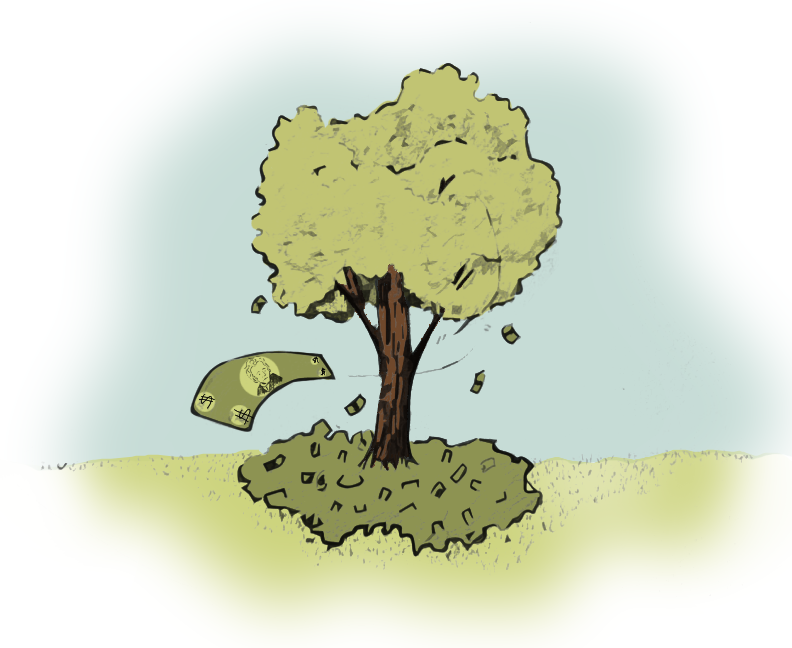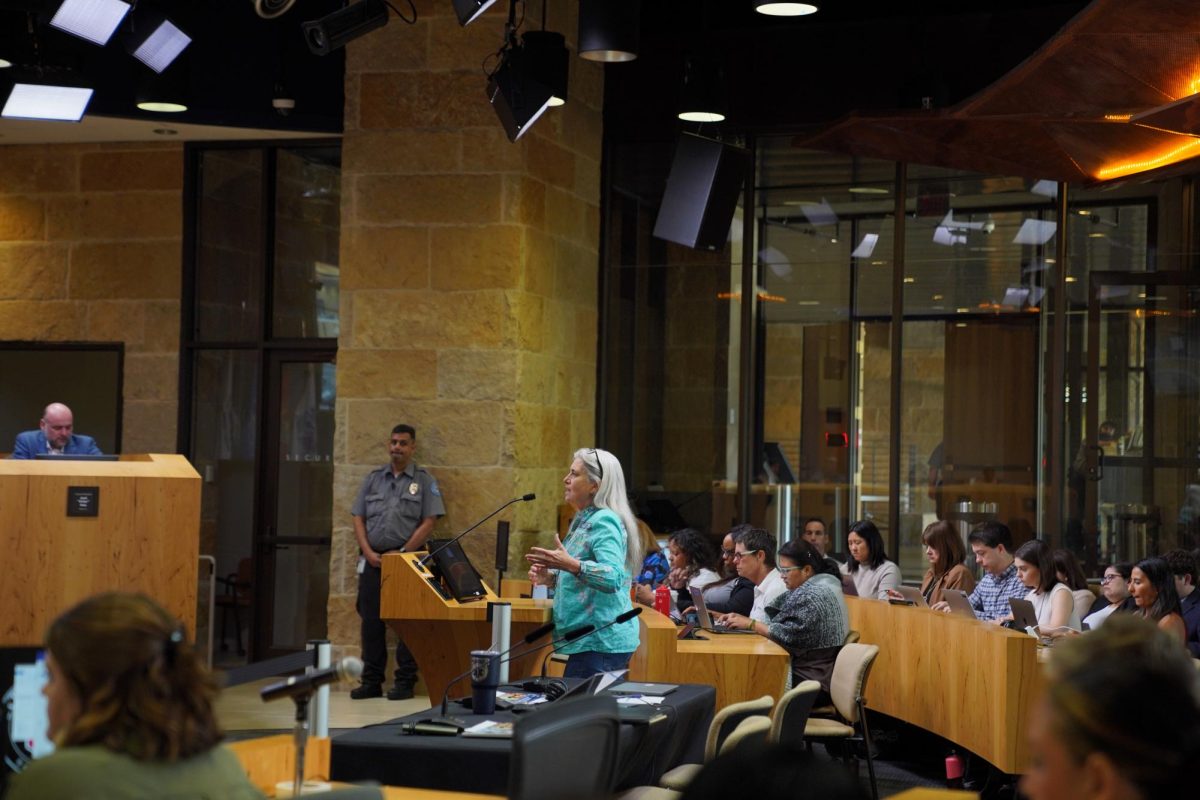Despite rising lakes, falling water costs and El Niño’s promise of a wet winter, concerns remain about drought in Central Texas.
After beginning to escape from a multi-year drought cycle during the summer, Texas rebounded into drought in the fall only to be saved again by October’s heavy rains. These extreme events drove an unusually high rate of recovery in the Highland Lakes system, which serves much of Central Texas’s water needs. The combined water supply storage has increased over 50 percent since Jan. 1 and currently sits at 79 percent full.
“We’ve gone from one extreme to the other, not once, but twice,” Troy Kimmel, senior meteorology lecturer and UT’s incident meteorologist under the Office of Campus Safety and Security, said. “If you take something for granted around here, Mother Nature will slap you down.”
This system is managed by the Lower Colorado River Authority, which has enough water to supply downstream agricultural customers, such as rice farmers in South Texas, for the first time since 2011. Although the additional revenue from agricultural customers has allowed the authority to lower the water rates for Central Texas cities in 2016, John Hofmann, executive vice president of water for Lower Colorado River Authority, said it might not be time to celebrate.
“I’m very optimistic about where we are right now, but I am very concerned about that seasonal pattern that we have seen,” Hofmann said. “I want to see a return to a more normative pattern of rainfall, a pattern that results into run-off into our reservoirs, before I’m going to wave a victory flag.”
While extreme weather patterns don’t offer hope for reliable access to water in the future, the issue is further exacerbated by a concern that has nothing to do with weather — population growth.
“Water utilities and so forth have held on to the conservation levels [after the drought], and people say ‘Why? Why?’ — it’s because the state is growing,” Kimmel said. “You can have rainfall, but with the state population growing like it is, there is more and more water use, and we have to control it even at times that would appear to the person at home as a time of surplus.”
And drought policies may become the new normal as the University and Texas continue to grow. During the drought, the University implemented a novel irrigation regimen that saves water from less visible green spaces to use on high profile areas, such as the South Mall. Irrigation coordinator Markus Hogue said the University will continue to operate as if the campus were under drought conditions, which will keep plants adapted in preparation for the drought’s return.
“I do not plan on changing the water amounts for the less visible spaces if drought conditions lessen,” Hogue said. “I would rather save the water for us to drink later. Every drop saved is one more drop of water for my sweet tea.”





















